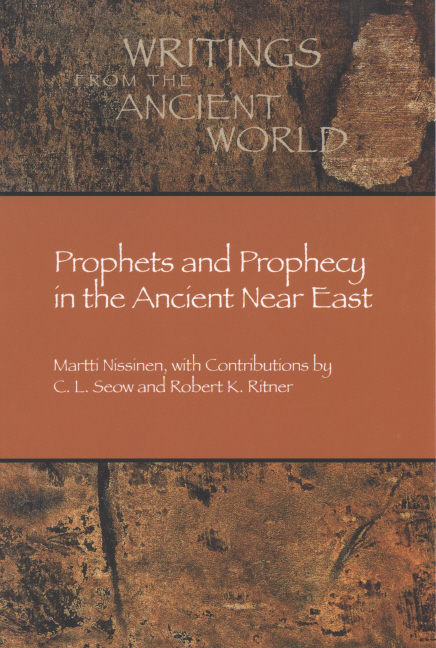The Sumerians and later Babylonians were great list makers. They made lists of animals, plants, tools, words, and, of course, gods. There was power in lists, and in making a list a Babylonian scribe could share in that power. There's a learning process involved in compiling a list - one has to research and collect information, then make choices about how to present it. Any scribe who made a list was therefore empowered by knowledge. And then there's the magical power associated with the writing of lists. Writing was handed down by the gods, which meant that the act of writing was, in a way, divine. Babylonians believed that if the gods ordained that something could be written, it must therefore have existed. And so the act of writing as list what akin to revealing what the gods thought was possible. I wonder what they would have made of electronic text?
The naming of gods was a field of study that grew over time because Babylonians were great accumulators of ideas. Babylonian scribes would eventually list over 3000 unique divine names, many of them obscure to us today. We tend to think of a single Babylonian pantheon, but in fact each city had it's own pantheon, and the names and spouses of many gods varied from place to place.
Here are just some of the gods in the cult of the Sumerian cities of Girsu and Lagaš.
The underlined names are unique to region of Lagaš.
Depiction of a goddess from Girsu
(photo: Marie-Lan Nguyen via Wikipedia)
THE DIVINE FAMILY
Ningirsu: ('Lord of Girsu'), warrior god and Lord of the City. Similar to the more famous god Ninurta, who is the city god of Nippur.
Baba: (also Ba'u) Wife of Ningirsu and daughter of An, a healing goddess. Elsewhere, she's called Gula, or Ninisina, or Nintinugga.
Nanše: Sister of Ningirsu and daughter of Enki, a goddess of fishermen and justice.
Nindara: consort of the goddess Nanše
Ninmarki: daughter of Nanše
Nisaba: sister of Ningirsu, goddess of grain, reeds, and scribes. Protector of the city of Ereš in Sumer.
Šulšagana: Ningirsu's eldest son and steward, who supervised the mean and carried the washing basin.
Damu: son of Ningirsu and Baba, another healing god.
Igalima: another son of Ningirsu, and also a healing god.
An: father of Ningirsu, father of a great many gods.
Gatumdug: mother of Ningirsu, protective goddess, Mother of Lagaš, controls Udug and Lama demons.
THE DIVINE SERVANTS
Endursaga: the herald.
Kindazi: Ningirsu's chamber maid, who draws the bath and freshens the bed with new straw.
Ušumgalkalama: Ningirsu's singer, bringer of gaiety.
Lugaligihušam: Ningirsu's lamentation singer, who brings solace in dark moments.
Lugalsisa: Ningirsu's counselor and regent when he;s away.
Šakan-šabar: Ningirsu's secretary.
Lugakurdub and Kuršunaburuam: Ningirsu's generals.
Ensignum: Ningirsu's stabler, who tends the onagers who pull the chariot.
Enlulim: Ningirsu's shepherd.
Lamar: Ningirsu's tax-gatherer of the fisheries.
Iminšattam: Ningirsu's courier.
Dimgalabzu: Ningirsu'a ranger, who tends the steppes.
Nindar: an unknown god in Ningirsu's service.
Gišbane: Ningirsu's ploughman
ASSOCIATED GODS
Enlil (King of the gods) and his wife Ninhursaga (wife and intercessory goddess)
Enki and his wife Damkina, gods of fresh water, gods of the city of Eridu.
Asalluhi, son of Enki and the god of magic.
Utu, the Sun god, city god of Larsa.
Ištaran, who fixed the border with Umma, ending the war.
Lama, Protective and intercessory goddess in Lagaš.
Ninazu, a god of grain and healing, and a judge of the underworld. City god of Ešnunna
Ningišzida and Geštinanna Underworld gods associated with wild places and snakes/vines
Ninsumun, cattle goddess and mother of the hero, Gilgameš.
Nungal, daughter of Ereškigal.
Nusku, god of fire, bringer of light.
Pabilsag, warrior god, similar to Ningirsu and Ninurta, but city god of Larak.
Inanna, goddess of sex and battle, city goddess of Uruk. who has her own temple and cult in Lagaš.



